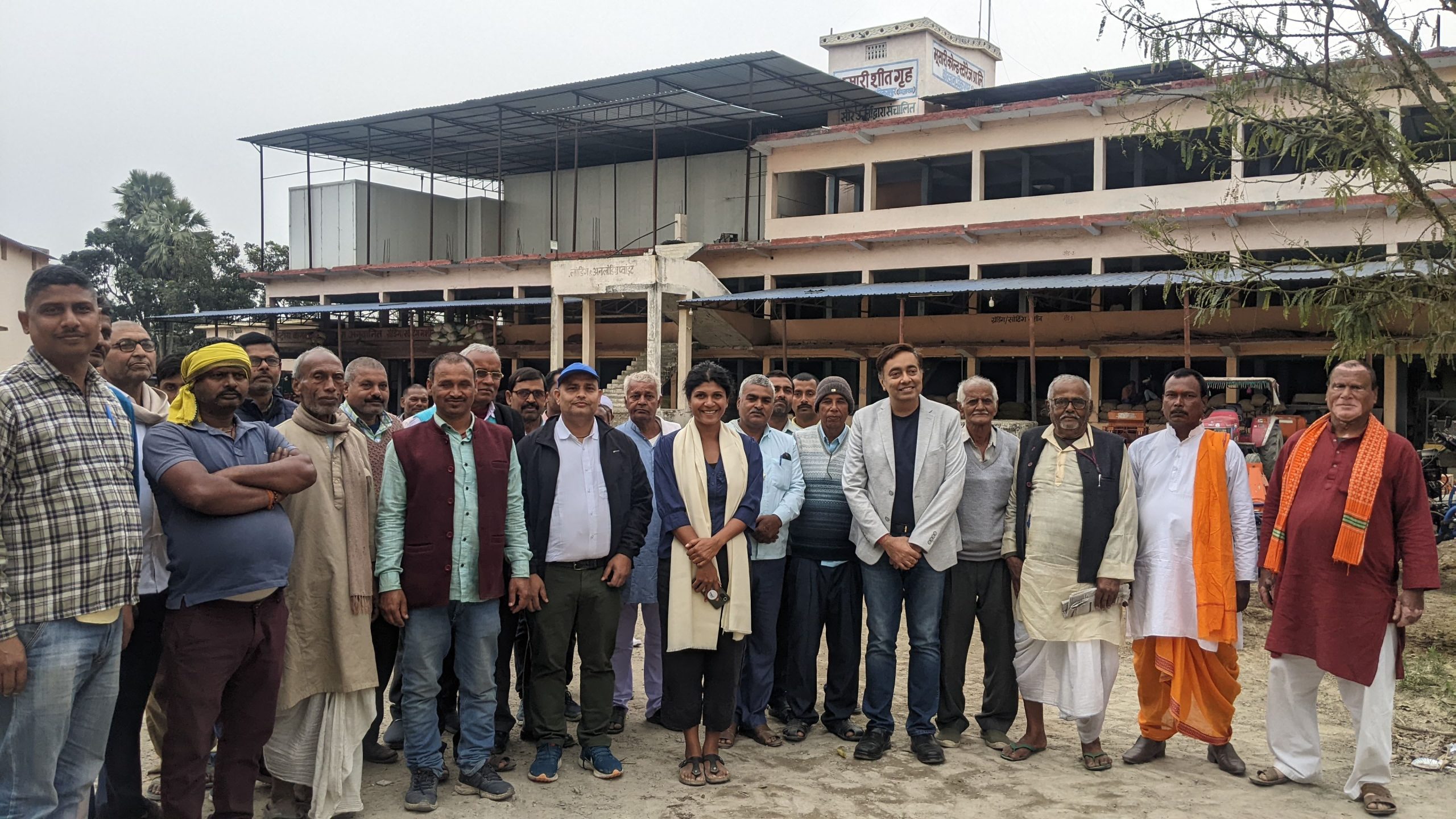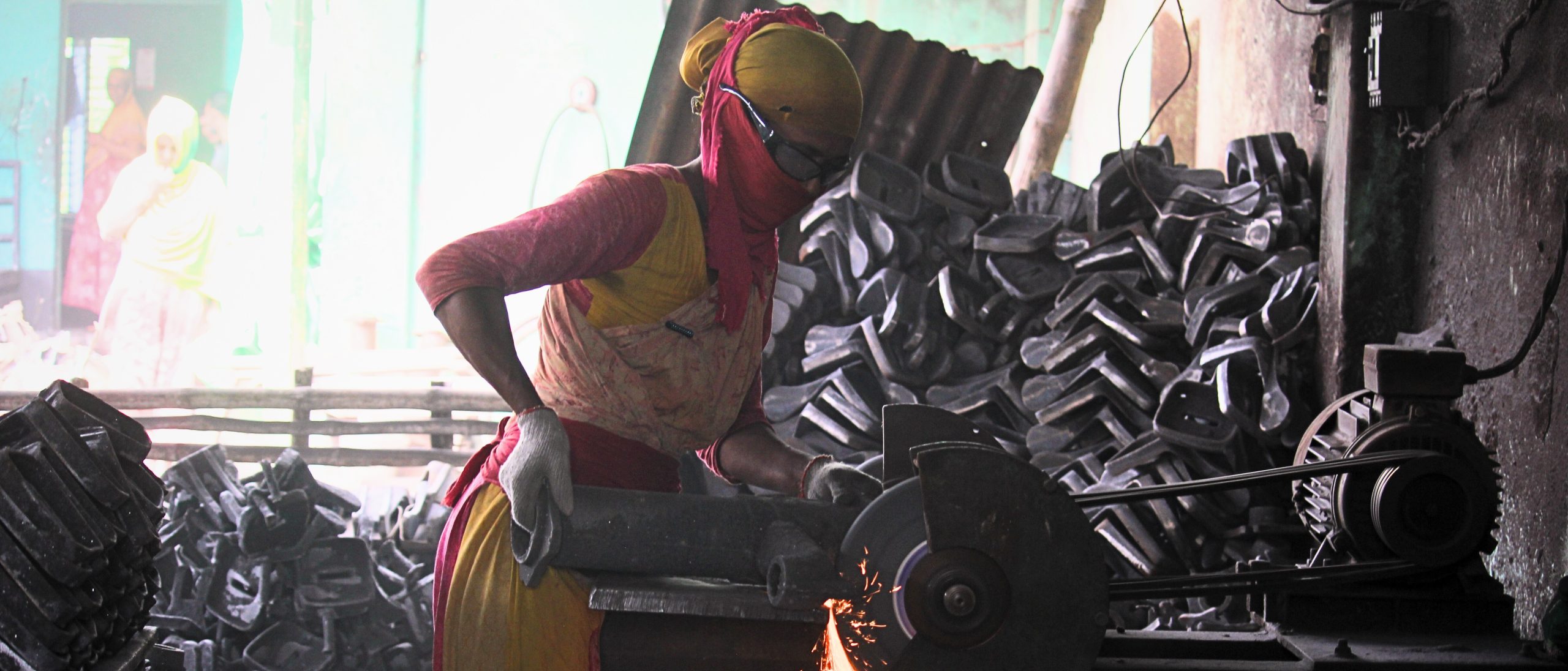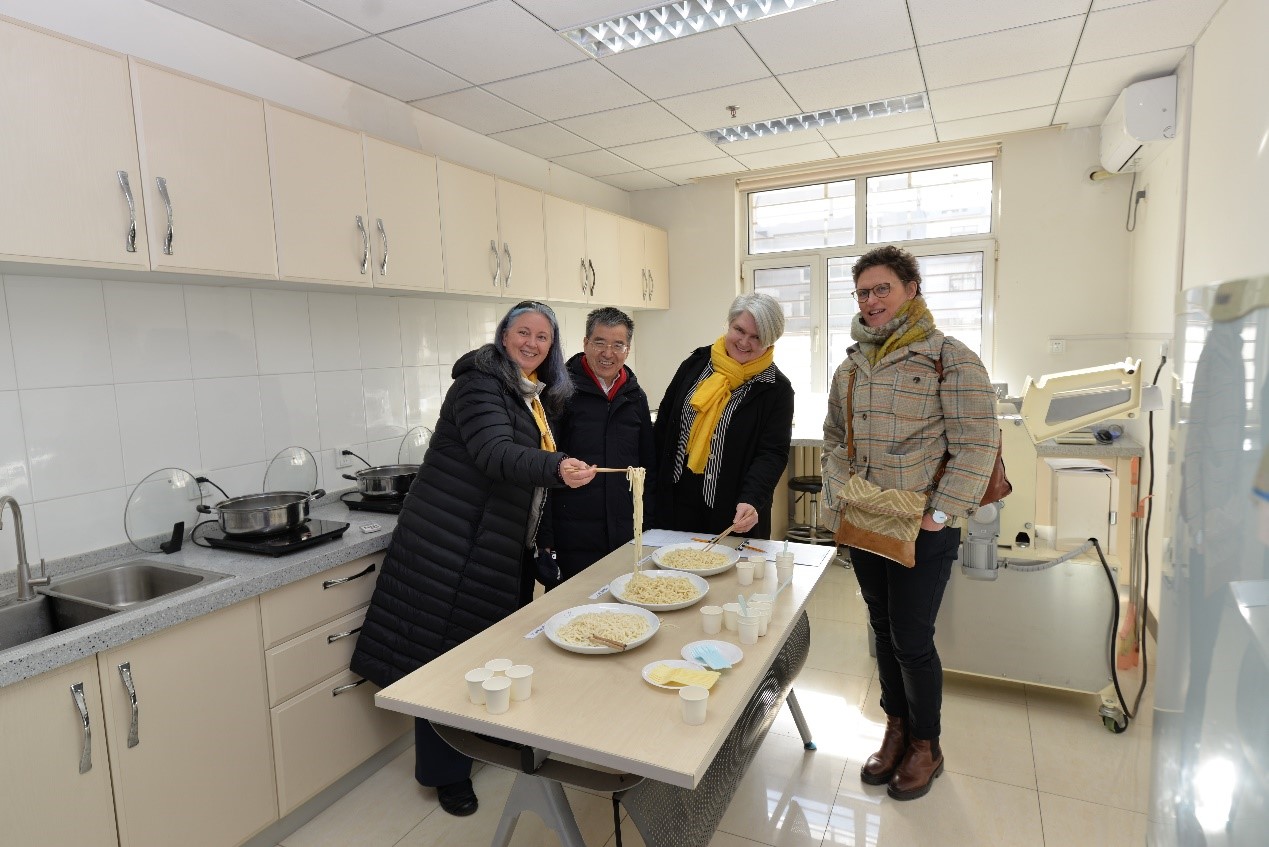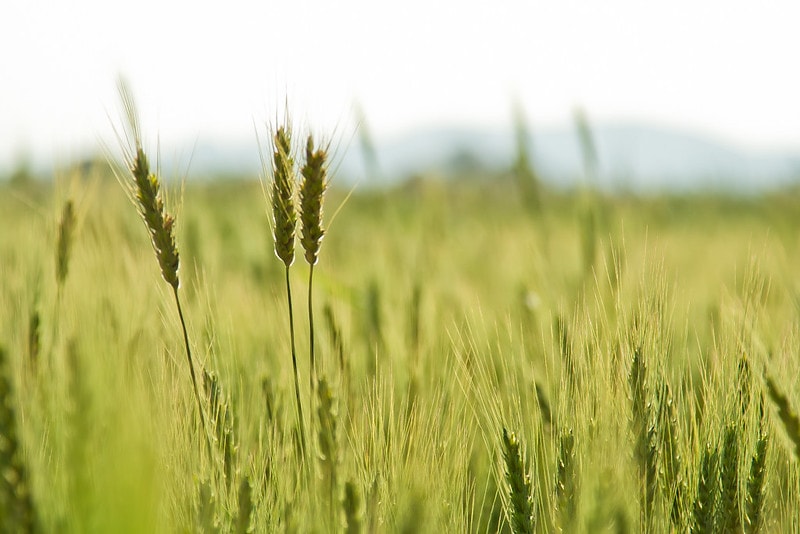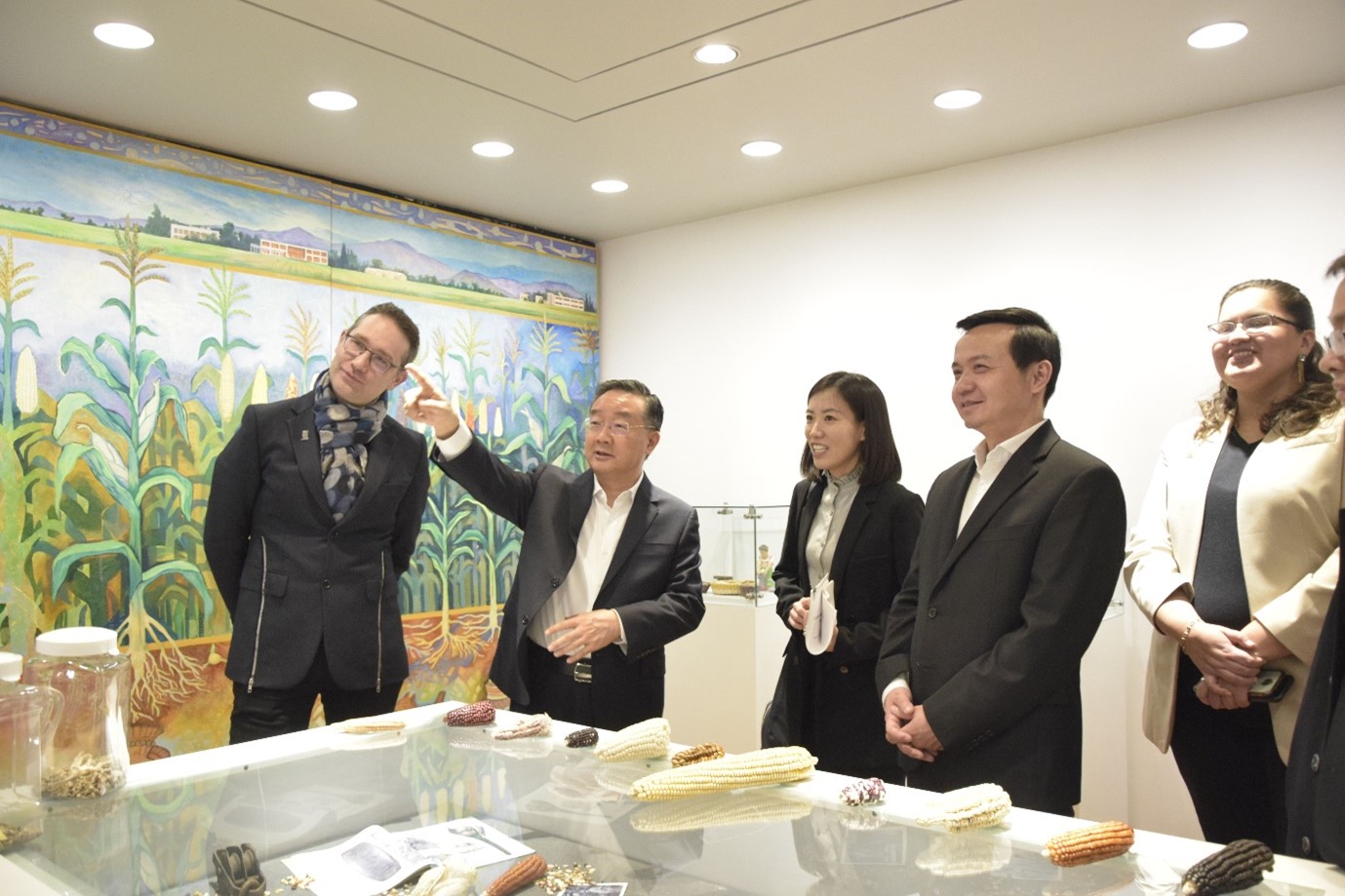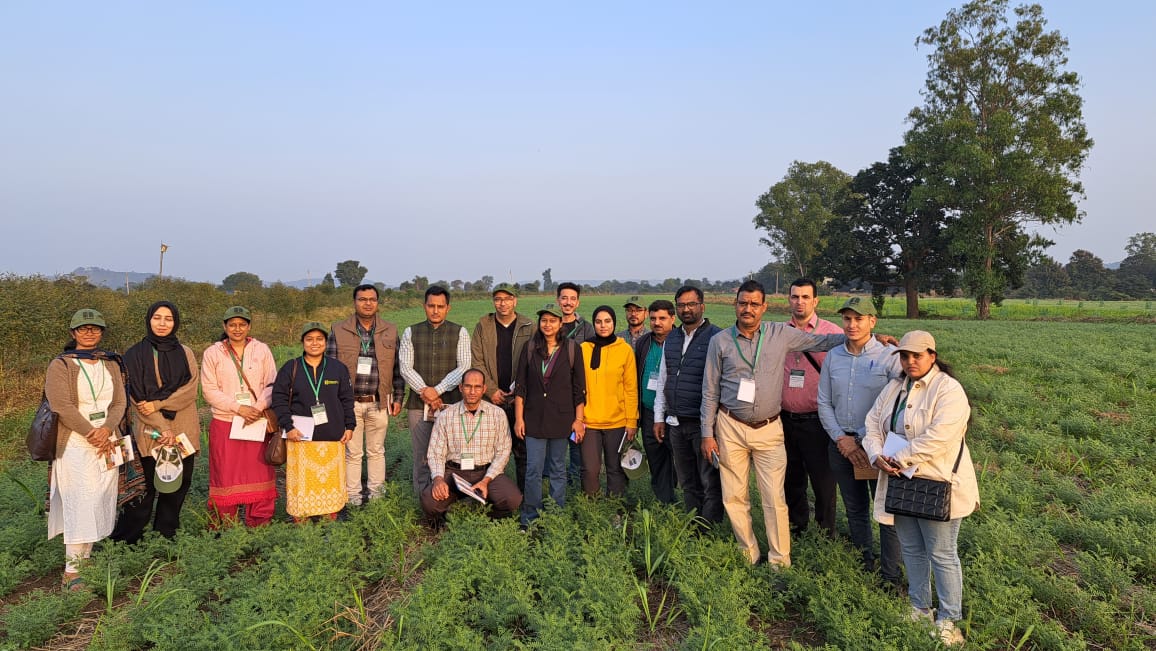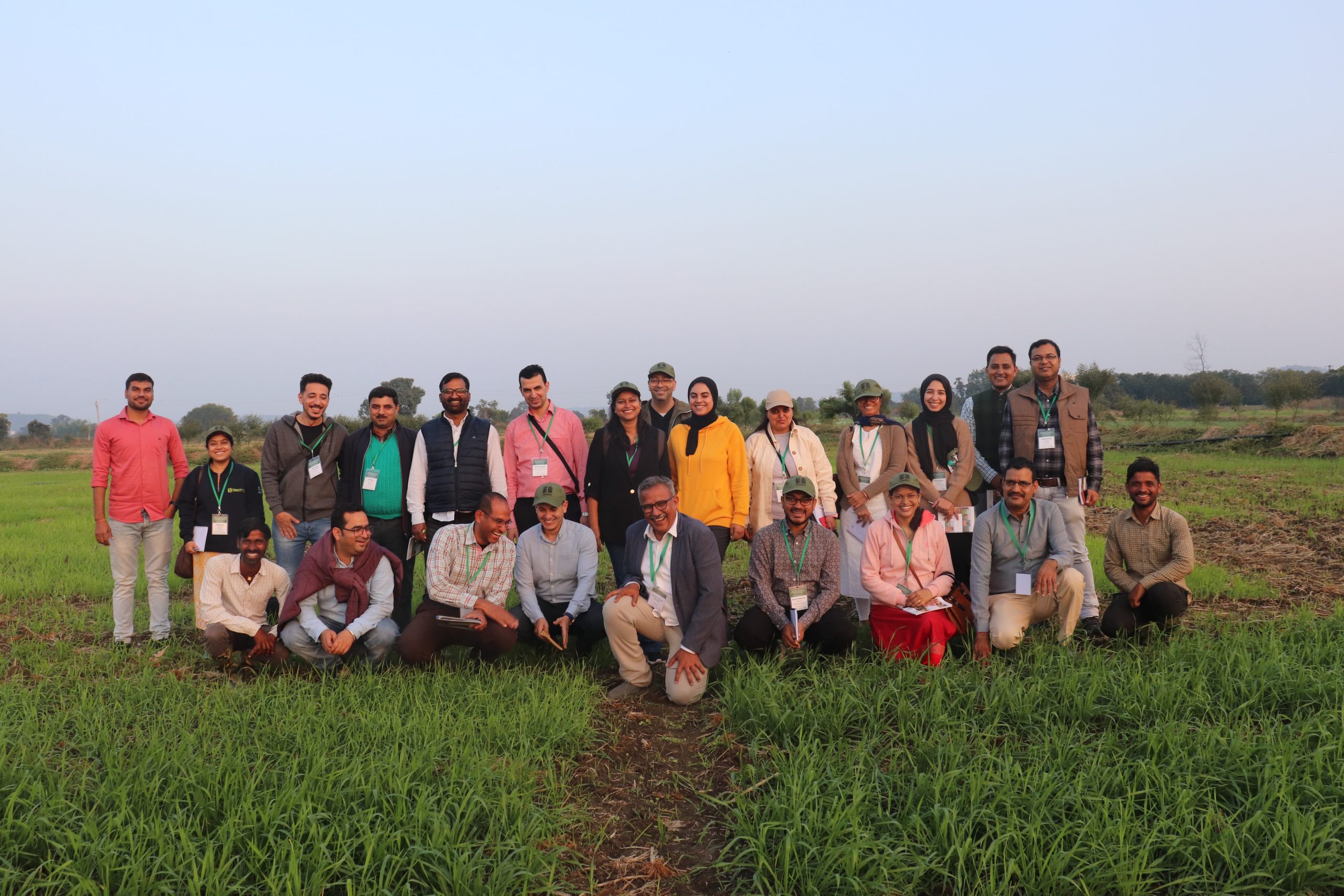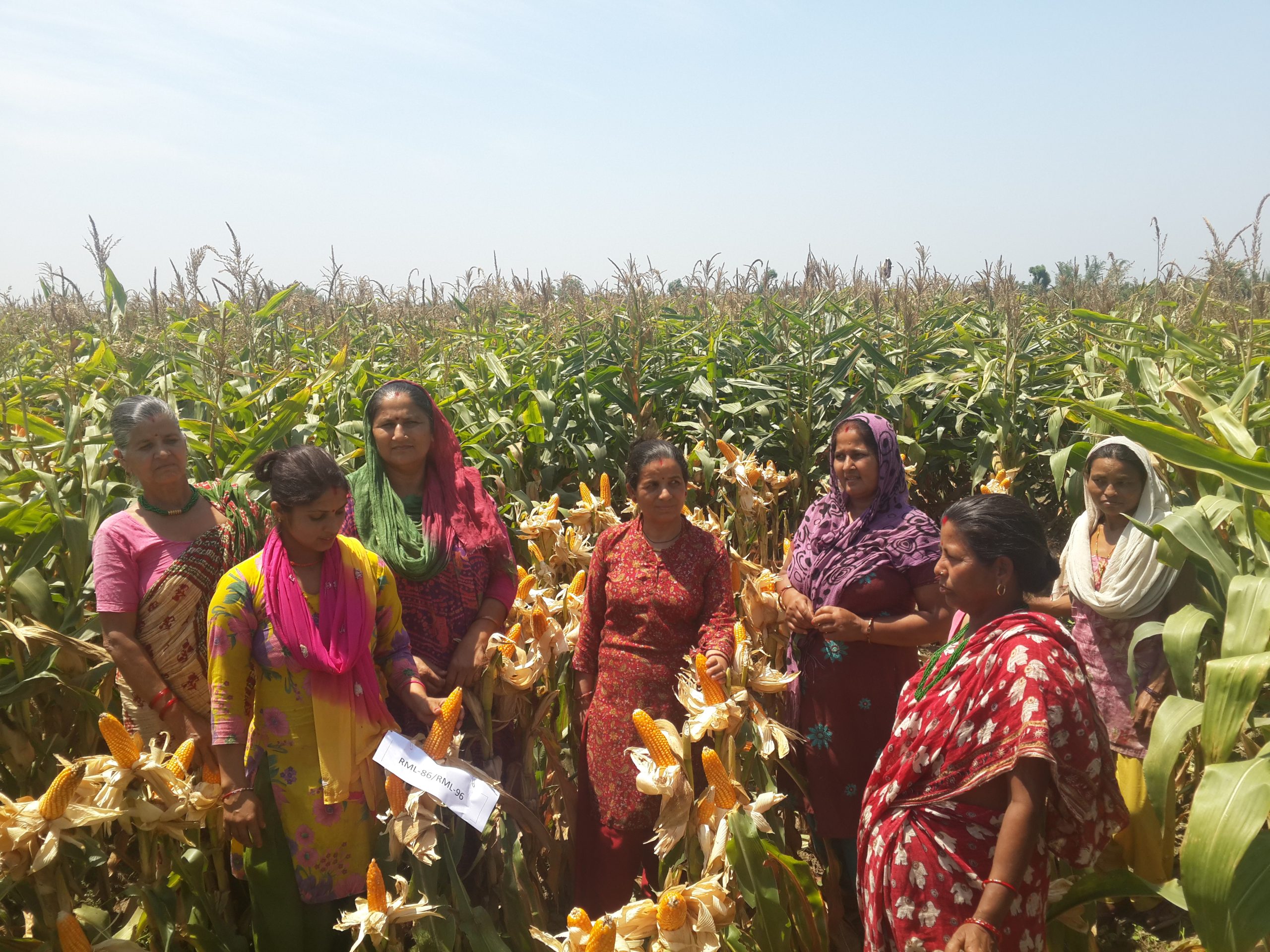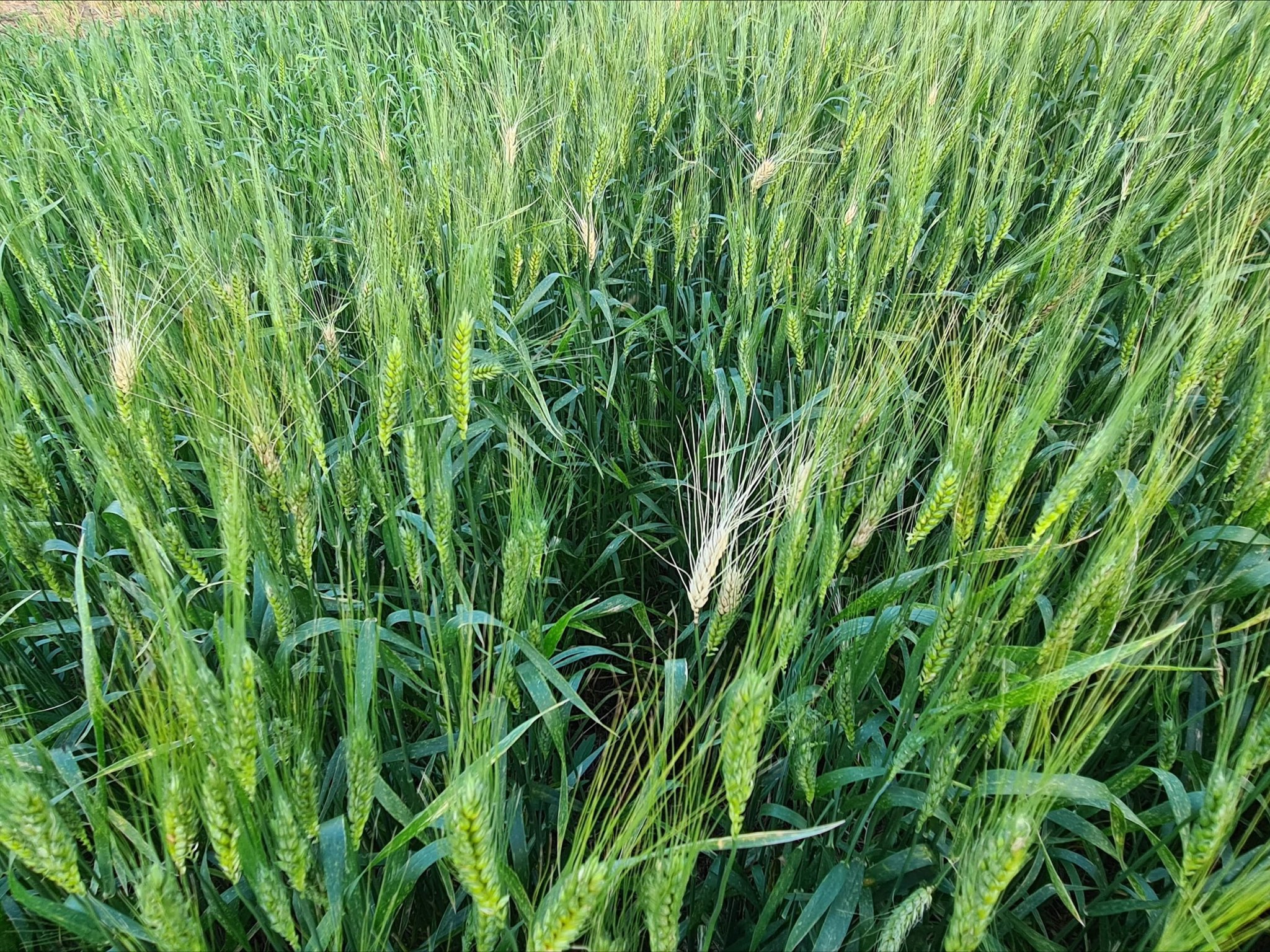Asia
As a fast growing region with increasing challenges for smallholder farmers, Asia is a key target region for CIMMYT. CIMMYT’s work stretches from Central Asia to southern China and incorporates system-wide approaches to improve wheat and maize productivity and deliver quality seed to areas with high rates of child malnutrition. Activities involve national and regional local organizations to facilitate greater adoption of new technologies by farmers and benefit from close partnerships with farmer associations and agricultural extension agents.
A marine engineer embarks on making life easier for farmers in his native village, by establishing a one-stop shop agri-business center
 Capacity development
Capacity development
The Bhusari Cold Storage in Begusarai, Bihar, has helped build the capacity of over 25,000 smallholder farmers through improved access to farming resources, advanced technologies, and advisories on climate-resilient agri-practices and allied services.
PARC pioneered, climate resilient wheat varieties
 Capacity development
Capacity development
Source: Lead Pakistan ()
The seminar on “Sino-Pak Wheat Genomics” showcased CIMMYT and CAAS China’s collaborative efforts to enhance wheat productivity with cutting-edge genomics.
Pakistan-China wheat breeding cooperation ensures Pakistan’s food security, UN SDGs: experts
 Nutrition, health and food security
Nutrition, health and food security
Source: Xinhua ()
The Pakistan-China partnership, with CIMMYT’s support, aims to improve wheat yield and quality in Pakistan, targeting sustainable agriculture and advancement towards the Sustainable Development Goals.
Breaking ground and redefining roles in the agri engineering sector: Anjuara Begum
 Capacity development
Capacity development
Anjuara’s journey from a widowed mother to a successful grinding operator is an inspiring story of resilience. CSISA–MEA’s light engineering training for women has not only transformed Anjuara’s life but also prompted a paradigm shift in the perception of women’s capabilities in traditionally male-dominated roles.
MARA-CIMMYT Joint Laboratory hosts CGIAR delegation
 Environmental health and biodiversity
Environmental health and biodiversity
The MARA-CIMMYT Joint Laboratory, hosted by Chinese Academy of Agricultural Sciences (CAAS), welcomed a delegation of CGIAR directors on genetic innovation and resources.
CIMMYT delegation explores collaboratives avenues with PAU for agricultural advancement
 Innovations
Innovations
Source: City Air News ()
CIMMYT and Punjab Agricultural University explored collaborative ventures to advance agriculture.
Enhancing wheat breeding efficiency in South Asia through early germplasm access
 Environmental health and biodiversity
Environmental health and biodiversity
Success stories witnessed in India, Pakistan, and Nepal underscore the transformative potential of this approach, offering a beacon of hope for agricultural communities in South Asia and beyond.
Building on fifty years of collaboration, a visit by Chinese politicians to CIMMYT in Mexico breeds new opportunities for tackling global agricultural challenges
 Innovations
Innovations
Building on fifty years of collaboration, a visit by Chinese politicians to CIMMYT in Mexico breeds new opportunities for tackling global agricultural challenges.
Prospect of boosting lentil production bright in Rajshahi region
 Innovations
Innovations
Source: daily observer ()
The collaboration between CIMMYT, RWMRC, and the Krishi Gobeshona Foundation aims to revolutionize lentil production in Rajshahi, Bangladesh.
Advancing conservation agriculture
 Capacity development
Capacity development
A workshop brings together scientists to share the latest innovations in conservation agriculture to benefit smallholder farmers and reduce the effects of climate change on food production.
Advanced training on conservation agriculture focuses on creating sustainable agronomic systems
 Capacity development
Capacity development
During the two-week training, jointly conducted by CIMMYT-BISA-ICAR, participants learned about innovative and cutting-edge research in conservation agriculture, visited industry, and interacted with farmers for first-hand impact.
STEM the gap: Scientists reflect on women’s increasing participation and visibility in STEM careers
 Gender equality, youth and social inclusion
Gender equality, youth and social inclusion
At CIMMYT, women leaders and scientists work on the pressing issues of our times. They contribute as managers, economists, and scientists – breeders, soil experts, agronomists, GIS analysts, pathologists, etc. Every day they help CIMMYT deliver on its commitment: Science and Innovation for a Food and Nutrition Secure World.
Heat tolerant maize hybrids: a pursuit to strengthen food security in South Asia
 Climate adaptation and mitigation
Climate adaptation and mitigation
CIMMYT’s systematic and targeted breeding strategy in South Asia helped develop 20 high yielding and heat-stress tolerant maize hybrids. The ongoing efforts strengthens the livelihood of farm families who are highly vulnerable to climate change in the Asian tropics.
Wheat blast spread globally under climate change modeled for the first time
 Climate adaptation and mitigation
Climate adaptation and mitigation
Climate change: fungal disease endangers wheat production.
Transforming Agriculture: A Day in Cambodia with Wanjiku Guchu
 Climate adaptation and mitigation
Climate adaptation and mitigation
Source: CGIAR ()
CIMMYT contributes significantly to the global Excellence in Agronomy Initiative, focusing on sustainable agriculture and climate adaptation.
